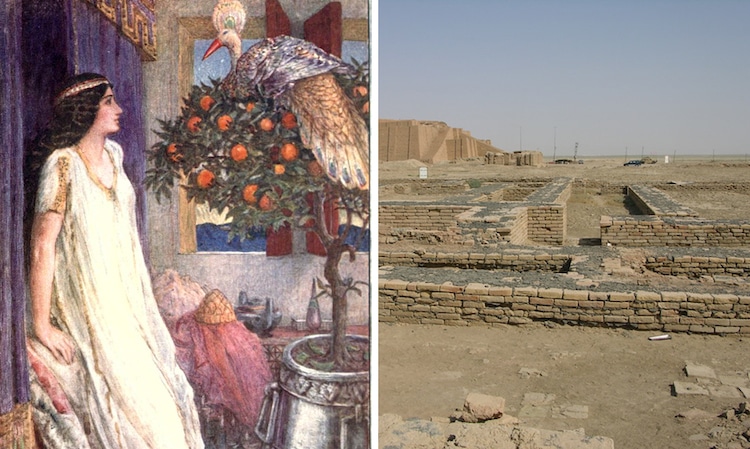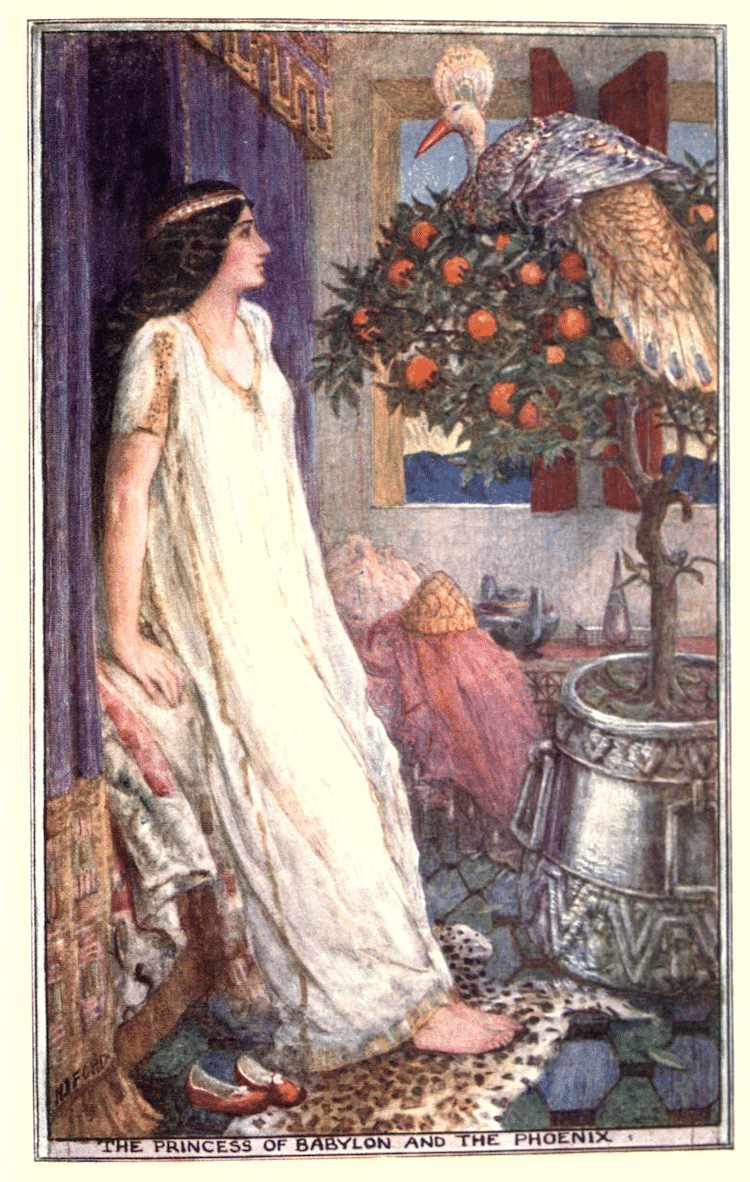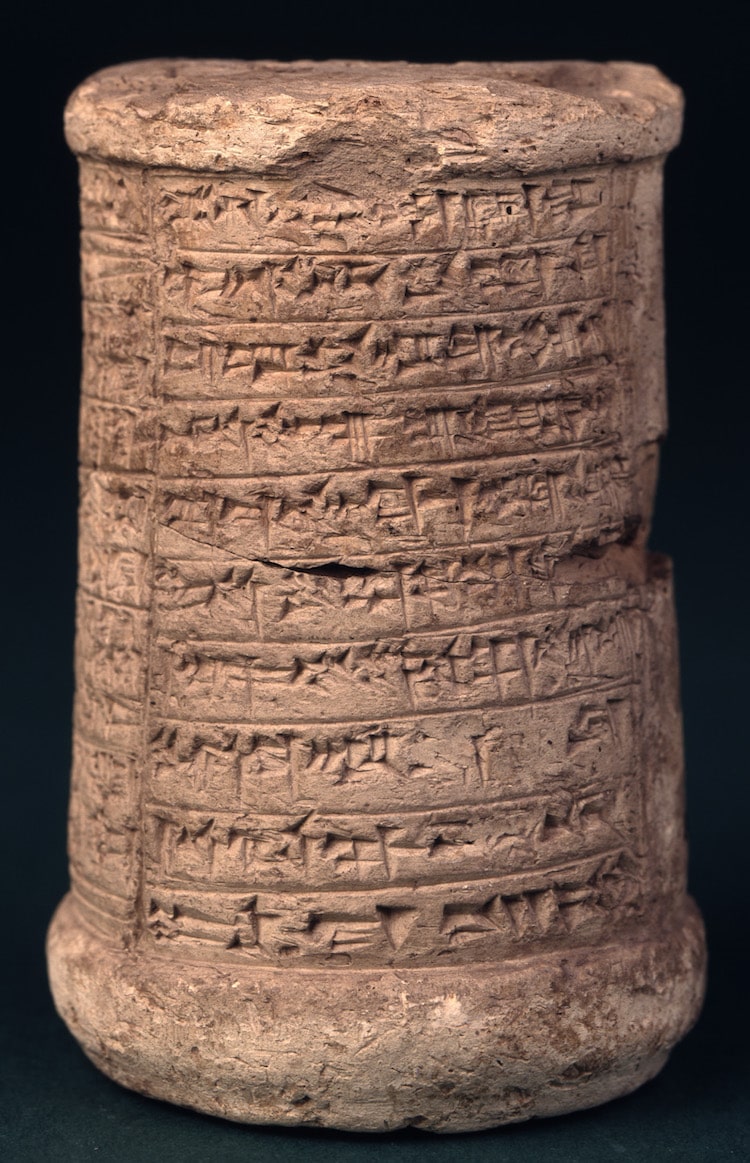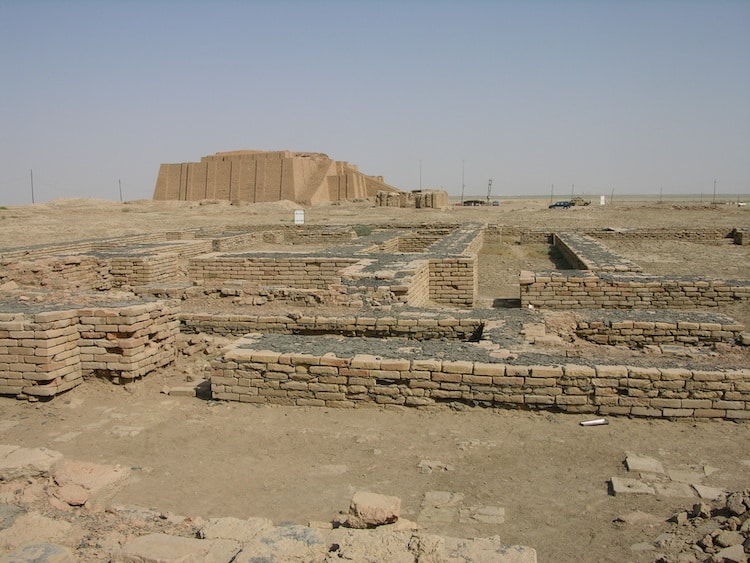Who Was Ennigaldi-Nanna? Learn About the Woman Who Founded the World’s First Museum

Photo: Wikimedia Commons, Public domain (left); M.Lubinski via Wikimedia Commons (CC BY-SA 2.0) (right)
When you want to learn more about art, history, and culture, museums are usually the best destinations. Interestingly, the word museum actually derives from the ancient institution called the Mouseion, or “Institution of the Muses,” which contained the famed Library of Alexandria and other rooms. However, while this is where the museum gets its name, it is not the first instance of a place that displays objects of significance. Two centuries prior, around 530 BCE, princess and priestess Ennigaldi-Nanna of the Neo-Babylonian empire curated the world's first known public museum.
Situated in Ur, or modern-day Dhi Qar Governorate of Iraq, this museum contained artifacts belonging to Southern Mesopotamia. Many of the pieces that were exhibited were actually excavated by Ennigaldi-Nanna's father, King Nabonidus, or collected by the former King Nebuchadnezzar. Ennigaldi-Nanna helped organize all of these objects to inform and share the history of the empire.
Here we will learn more about Ennigaldi-Nanna and the significance of her museum.
Who Was Ennigaldi-Nanna?

Henry Justice Ford, “The Princess of Babylon and the Phoenix” for “The Strange Story Book,” 1913 (Photo: Wikimedia Commons, Public domain)
Born sometime before 547 BCE, Ennigaldi-Nanna was the daughter of King Nabonidus, ruler of the Neo-Babylonian empire. Her name means “Nanna requests an entu” and was likely given to her after she assumed the role of entu, or high priestess, of Ur. She was the first entu in six centuries and held significant importance in Ur.
While most of her duties revolved around serving as a “human wife” to the moon god Sin, she also oversaw a school for priestesses and managed part of the temple complex of Ur.
Founding the First Public Museum

A clay cylinder inscribed with a description in three languages, as used in Ennigaldi-Nanna's museum to accompany an ancient artifact; these are the earliest known “museum labels.” (Photo: Wikimedia Commons, CC BY-SA 4.0)
Ennigaldi-Nanna's father Nabonidus was a keen archeologist who conducted several excavations in Mesopotamia, some of which, were accompanied by Ennigaldi-Nanna herself. After the Neo-Babylonian Empire was conquered by the Achaemenid Empire, effectively ending Nabonidus's reign, Ennigaldi-Nanna continued to retain an important position in Ur. And around 530 BCE she founded a museum in an ancient building called E-Gig-Par, where she also had living quarters.
This museum contained artifacts excavated by Nabonidus and some that were collected by Nebuchadnezzar II. They included a ceremonial mace head, a Kassite boundary marker called a kudurru, and part of a statue of the Sumerian king Shulgi, among many other objects, the oldest of which dated to around the 20th century BCE. Ennigaldi-Nanna was believed to have curated all of the artifacts and assigned labels to the collections. In fact, these ancient “museum labels” were inscribed onto clay cylinders in three different languages, one of which was Sumerian. There was even an early form of museum catalogs that were inscribed on tablets.
Ennigaldi-Nanna was believed to have overseen this museum until the end of her reign as entu around 500 BCE. Afterward, the area of Ur declined under Achaemenid rule and the museum was forgotten.
Discovery of Ennigaldi-Nanna's Museum

Ruins of Ennigaldi-Nanna's museum in the town of Ur, Southern Iraq (Photo: M.Lubinski via Wikimedia Commons, CC BY-SA 2.0)
For centuries, Ennigaldi-Nanna's museum remained forgotten to time. Finally, in 1925, the ruins of the building and the rest of the Ur temple complex were discovered by English archaeologist Leonard Woolley. Some of the objects like the inscribed clay cylinders were recovered during the excavation.
h/t: [Messy Nessy]
Related Articles:
Louisiana Plantation Is Transformed Into America’s First Museum About the History of Slavery
Learn About the Louvre: Discover 10 Facts About the Famous French Museum
Doctors in Brussels Can Now Prescribe Museum Visits For Mental Health
READ: Who Was Ennigaldi-Nanna? Learn About the Woman Who Founded the World’s First Museum
0 Commentaires